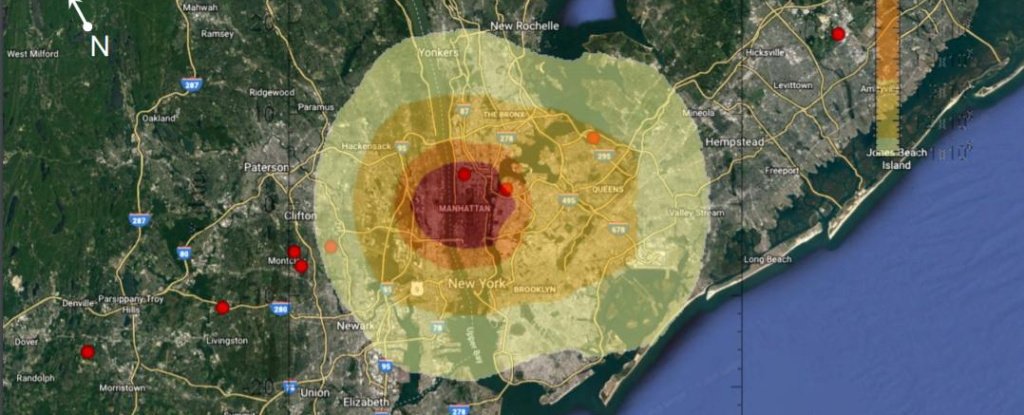Here's What Happened When The World's Space Agencies Simulated a Killer Asteroid Impact

On 29 April, 2027, a terrible and world-changing event occurred.
A 60-metre (200-foot) asteroid called 2019 PDCentered Earth's atmosphere at a shocking speed of 19 kilometres per second (43,000 mph) and impacted over New York's Central Park.
Up to 20 megatons of energy were released in the airburst – 1,000 times the energy of the nuclear bomb dropped on Hiroshima.
That asteroid was, of course, hypothetical; but one day it could be a real scenario.
Over the last week, a group of space experts, including those from NASA, the Federal Emergency Management Agency (FEMA), and the European Space Agency (ESA), came together and conducted a simulation experiment to test our management of this sort of impending disaster.
Yeah, we didn't do great.
The experiment, called the IAA Planetary Defense Conference, ran over five days, but the timeframe was 8 years – we discovered the hypothetical asteroid on 26 March 2019, so the world had nearly a decade before the impact to work out what to do.
In the hypothetical scenario, by 2021 NASA had sent out a reconnaissance mission to find out more about the asteroid's size, orbit, and composition.
No comments:
Post a Comment